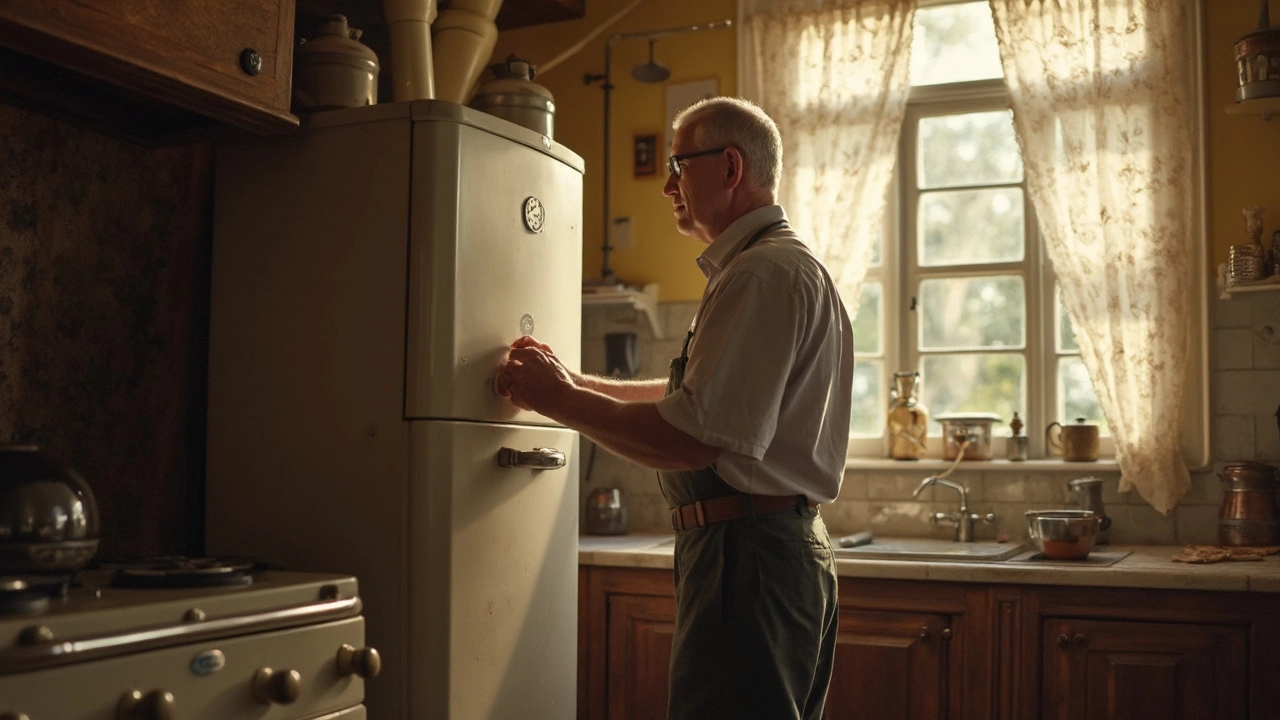Bad Thermostat Symptoms: What to Look For and How to Fix Them
If your heating feels off, chances are the thermostat is the culprit. It’s the brain of any boiler, water heater, or furnace, so when it starts misbehaving you’ll notice odd temperature changes, weird noises, or even a complete shutdown. Below are the most common symptoms that tell you the thermostat isn’t doing its job.
Common Signs Your Thermostat Is Bad
1. Temperature swings. One minute your home feels toasty, the next it’s chilly. A faulty thermostat can’t keep a steady set‑point, causing the heater to cycle on and off too quickly.
2. Constant running. If the heating system never stops, the thermostat may be stuck in the “on” position. You’ll see higher energy bills and hear the boiler humming nonstop.
3. No heat at all. Sometimes the thermostat fails to send any signal, leaving you with cold rooms and a silent boiler.
4. Random on/off cycles. The system turns on for a few seconds, then shuts down, only to start again minutes later. This can be caused by loose wiring or a dead battery in a digital unit.
5. Display errors or flickering. Modern thermostats show error codes or a dim screen when they can’t read the temperature sensor correctly.
These symptoms often overlap with other issues like clogged filters or low water pressure, but they’re a good starting point for troubleshooting.
What to Do When You Spot These Symptoms
First, check the power source. If you have a battery‑operated unit, replace the batteries. A dead battery can cause erratic behavior or a blank display.
Next, make sure the thermostat is level and not exposed to direct sunlight or drafts, which can trick the sensor into thinking the room is warmer or cooler than it really is.If you feel comfortable, turn off the power at the breaker and remove the thermostat cover. Look for loose wires, corrosion, or burnt contacts. Tighten any loose connections and clean away dust with a soft brush.
For digital thermostats, consult the manufacturer’s manual for error codes. Often a simple reset—pressing the reset button or turning the unit off for a minute—will clear a glitch.
When the DIY steps don’t help, it’s time to call a professional. A qualified technician can test the thermostat’s internal circuits, replace a defective sensor, or suggest an upgrade to a smarter model that learns your schedule.
Regular maintenance makes a big difference. Schedule a yearly check‑up for your heating system, and ask the technician to inspect the thermostat as part of the service. Keeping the thermostat clean and calibrated ensures your home stays comfortable and your energy bills stay low.
Bottom line: if you notice any of the symptoms above, don’t ignore them. A bad thermostat can waste money, wear out your boiler faster, and leave you shivering in the dead of winter. Catch the problem early, try the simple fixes, and call in a pro if needed—your home will thank you.
How to Spot a Bad Thermostat in Your Hot Water Heater
0 Comments
Having issues with your hot water heater might indicate a faulty thermostat. This article offers practical guidance on identifying a bad thermostat in your water heater. Discover symptoms like inconsistent water temperature and strange noises, learn how to test your thermostat safely, and explore easy tips for fixing common problems. Equip yourself with the know-how to maintain an efficient and reliable hot water heater in your home.
Read More